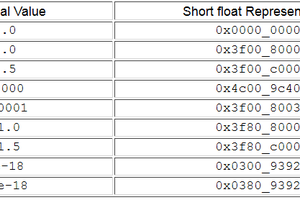Difference Between Half Adder and Full Adder
Before diving into the details of the full adder, let's compare the main differences between the half adder and the full adder.
A half adder has two inputs (A and B), which are both 1-bit binary numbers. It adds these two binary digits and produces two outputs: Sum (S) and Carry (C). The half adder is a simpler design but does not consider any carry bit from a previous addition, limiting its functionality. It is often used as a building block for full adders.
In contrast, a full adder has three inputs: two 1-bit binary numbers (A and B) and an additional carry-in bit (Cin). It adds these three inputs and produces two outputs: Sum (S) and Carry-out (Cout). The full adder is more complex as it includes the carry from the previous addition, making it suitable for multi-bit addition and applications in digital processors. The IC 74LS283N is commonly used to demonstrate full adder circuits in practice.
Full Adder Circuit Explanation:
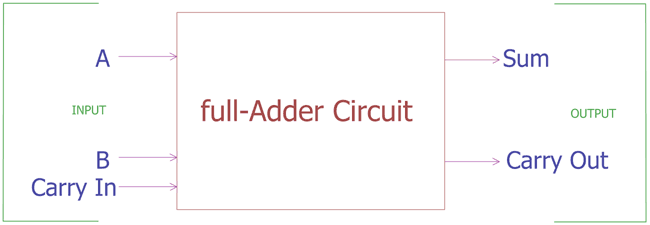
The Half Adder circuit has a drawback: it cannot accept a carry-in bit for addition. In contrast, the Full Adder can accept three inputs: A, B, and Carry In, producing SUM and Carry Out outputs. The equation is A + B + Carry In = SUM and Carry Out. The Full Adder Block Diagram shows it accepts three inputs, including a carry-in, and provides two outputs: SUM and Carry Out. By combining two Half Adders and an OR gate, we create a Full Adder circuit.
To understand the Full Adder in greater detail, including its construction using Half Adders, NAND gates, NOR gates, cascading adder circuits, and Tinkercad Stimulations, you can refer to our comprehensive article, Full Adder Circuit and its Construction. For additional insights and detailed explanations, feel free to visit our website.

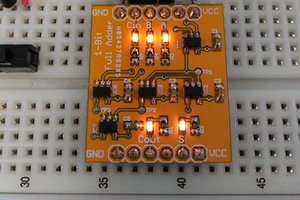
 Dave's Dev Lab
Dave's Dev Lab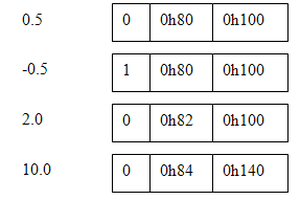
 Bruce Land
Bruce Land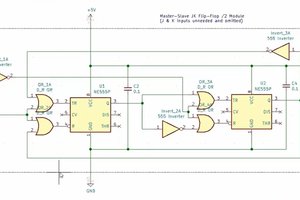
 Astronomermike
Astronomermike